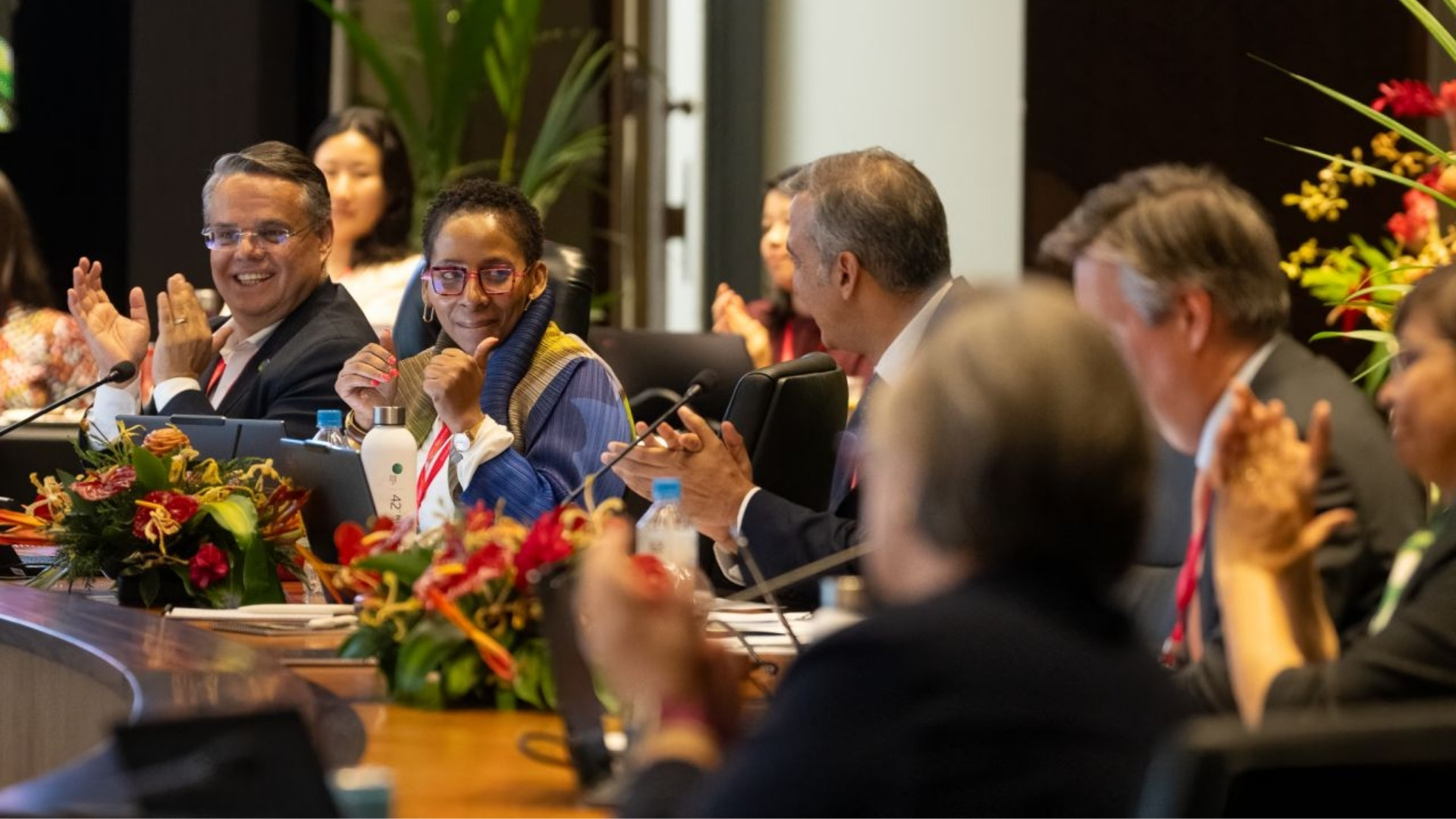GLOF RISK MITIGATION | GREEN CLIMATE FUND | CLIMATE FINANCING | CLIMATE CHANGE IN THE HIMALAYAS

Nepal is set to receive $36.1 million in mitigating one of the escalated climate risks in the country’s Himalayan region—Glacial Lake Outburst Floods (GLOFs).
GLOFs are flood events that occur due to the water release from glacial lakes, breaching their moraines—natural dams made of rock and debris. A prominent water-induced disaster, GLOFs impose catastrophic threats for the country’s high mountain regions and the downstream communities.
Last year, Thame village in Solukhumbu was hit by a flash flood, displacing over 100 people. The reason for this off-season flood was later identified as GLOF, triggered by the sudden outburst of two small glacial lakes—upper and lower Tsho Mutse lakes, located 10 kilometres upstream from the village.
A 2020 ICIMOD and UNDP Nepal study noted over 2,000 glacial lakes in Nepal, with 47 lakes identified as potentially dangerous glacial lakes. The country recorded 26 GLOF events between 1977 and 2011.
On July 3, the Green Climate Fund (GCF) approved a total $1.225 billion for 17 climate action projects, including that of Nepal, in its 42nd board meeting held in Papua New Guinea.
“It is the largest amount approved at a single Board meeting, during a year in which the Fund is scaling up its activities in response to the global demands for climate finance,” read the news release.
Dr Sindhu Prasad Dhungana represented Nepal as an alternate board member of the GCF on behalf of the Least Developed Countries (LDCs), presenting ‘Protecting livelihoods and assets at risk from GLOFs and climate change-induced flooding in glacial river basins of Nepal’. He noted that the proposal was approved unanimously, reflecting the Fund’s commitment to Nepal.
The seven-year-long project aims to address the high risks arising from climate change in the river basins of the Himalayas, manage potential floods from glacial lakes and protect the livelihoods, structures and infrastructure of local communities from natural disasters arising from the intense climatic impact in the region.
Key components of the project include expanding and upgrading hazard monitoring and early warning systems; reducing water levels in four high-risk glacial lakes—Thulagi, Lower Barun, Lumding Tsho, and Hongu 2; strengthening riverbanks and flood-prone areas through reforestation in more than 150 hectares of area and protective infrastructure such as check dams and vegetative gabion walls; and helping authorities, first responders and communities to plan and prepare for future risks.
Additionally, the Government of Nepal, the UNDP Nepal, and the Independent Power Producers’ Association, Nepal (IPPAN) have committed to co-investing NRs 13.8 million in this project.
Earlier, between 2013 and 2017, Nepal had successfully averted a potential disaster by reducing the water level of Imja Lake in Solukhumbu by 3.4 metres in a controlled manner.
Read More Stories
Kathmandu’s decay: From glorious past to ominous future
Kathmandu: The legend and the legacy Legend about Kathmandus evolution holds that the...
Kathmandu - A crumbling valley!
Valleys and cities should be young, vibrant, inspiring and full of hopes with...
Nepal’s high-altitude farms are thirsty. Could ice stupas help?
As snowlines rise and mountain springs run dry, Nepals high-altitude communities are facing...